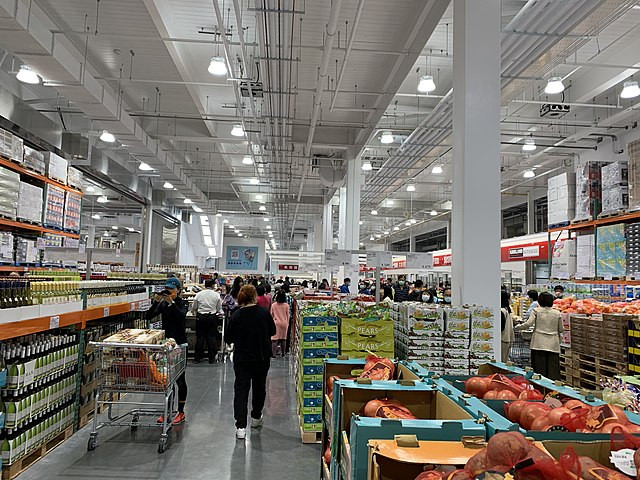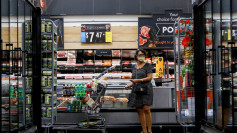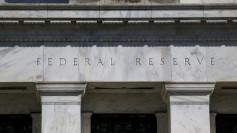U.S. wholesale prices surged in July at their fastest pace in more than three years, driven by higher costs tied to President Donald Trump's tariffs, raising concerns that inflationary pressures could soon filter down to consumers.
The Labor Department's producer price index (PPI), which tracks inflation before it reaches consumers, jumped 0.9% from June - far above economists' expectations for a 0.2% rise. On an annual basis, wholesale prices climbed 3.3%, the biggest year-over-year increase since February. Core PPI, which excludes volatile food and energy prices, also rose 0.9% month-over-month, the largest jump since March 2022.
Services inflation accounted for much of the increase, with trade services margins climbing 2% and machinery and equipment wholesaling up 3.8%. Portfolio management fees surged 5.8%, and airline passenger service prices advanced 1%. Wholesale food prices jumped 1.4%, led by a 38.9% spike in vegetable prices, while home electronic equipment rose 5% from June.
Economists say the data suggests U.S. businesses are still absorbing much of the cost from Trump's import tariffs, but that may soon change. "It will only be a matter of time before producers pass their higher tariff-related costs onto the backs of inflation-weary consumers," said Christopher Rupkey, chief economist at fwdbonds. Clark Geranen, chief market strategist at CalBay Investments, noted that while consumer prices have remained relatively stable, "businesses may soon start to reverse course and start passing these costs to consumers."
The spike in wholesale prices comes just two days after the Labor Department reported that consumer prices rose 2.7% in July from a year earlier, matching June's pace. Core CPI increased 3.1%, still above the Federal Reserve's 2% target, as easing rent growth and cheaper gasoline offset some tariff impacts.
Market reaction to Thursday's report was swift, with stock futures falling and short-term Treasury yields climbing. Chris Zaccarelli, chief investment officer at Northlight Asset Management, called the increase "a most unwelcome surprise to the upside" that could temper expectations for a September Fed rate cut. According to the CME FedWatch tool, the odds of a rate cut next month fell slightly after the data release.






